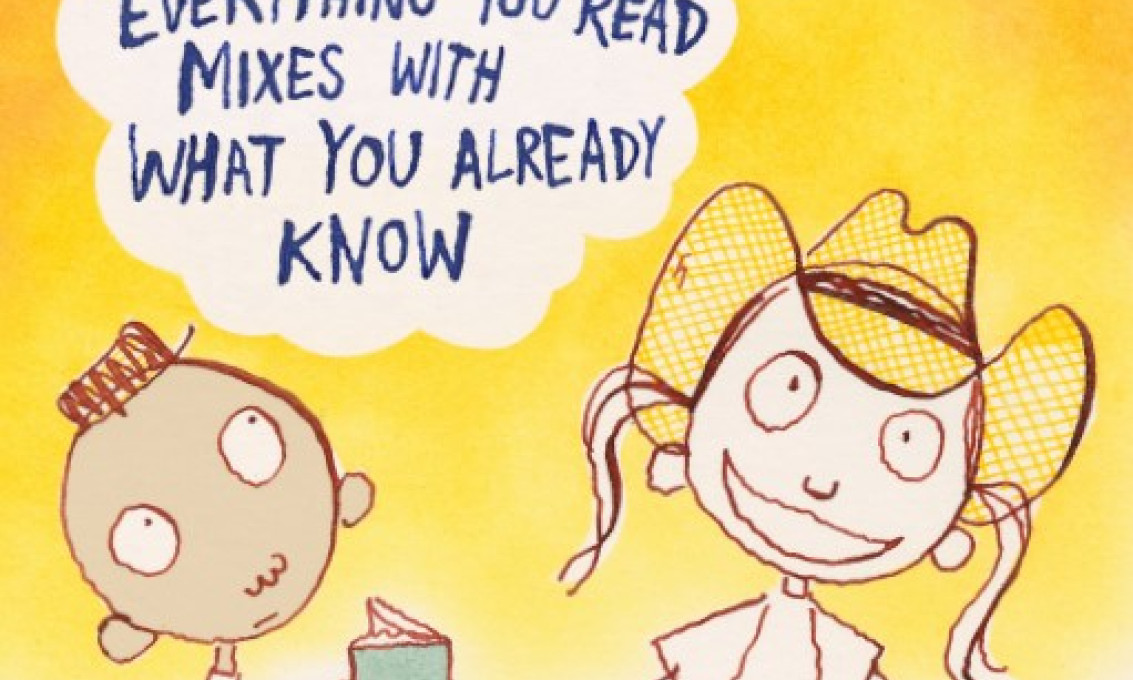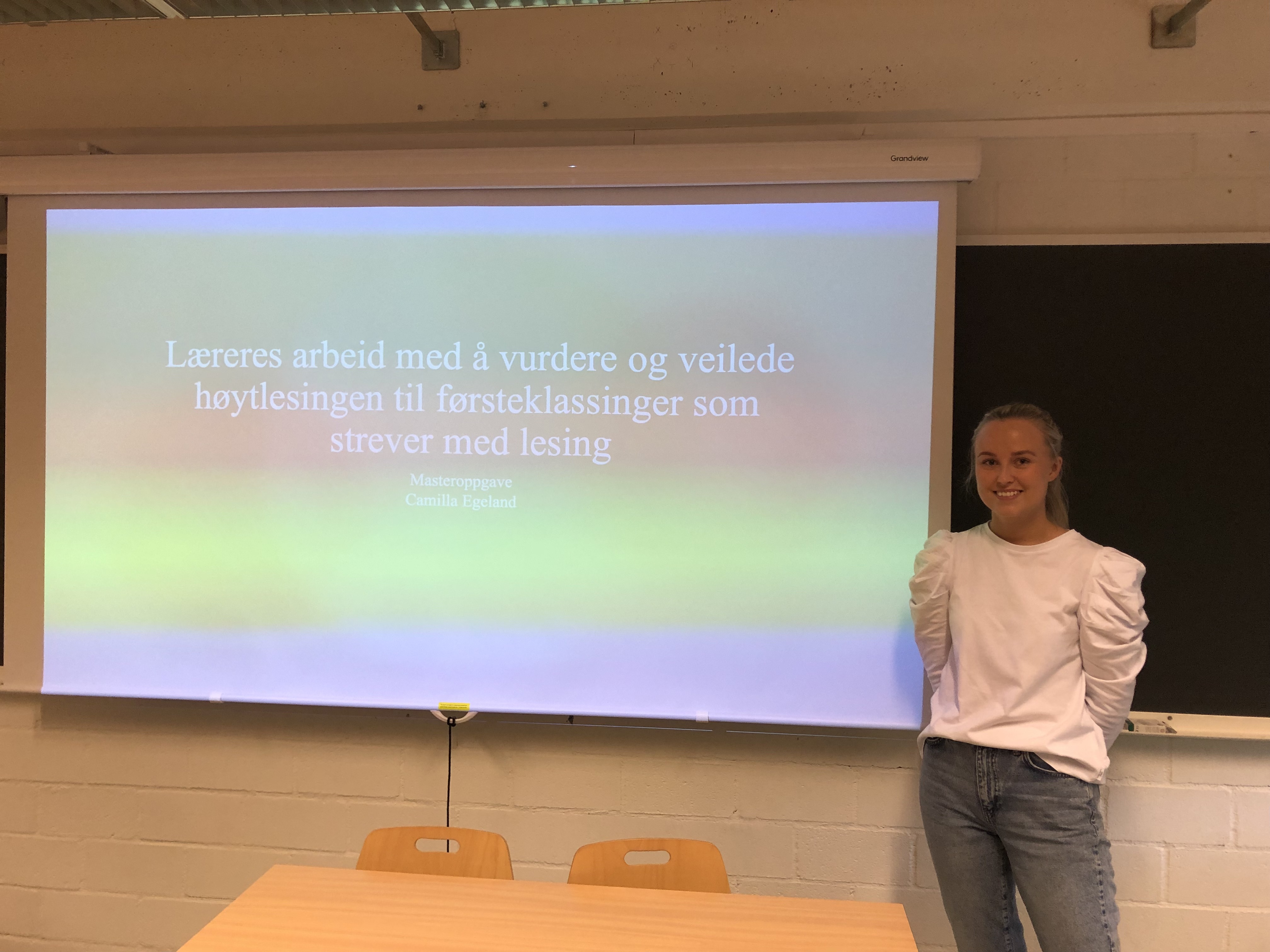The research project Read to Me focuses on assessing children's reading as they read engaging texts aloud. The goal of the project is to provide teachers with more knowledge about the relationship between motivation and reading.
Read to Me is a research project at the Norwegian Reading Centre, University of Stavanger. The goal is to develop a tool that teachers can use to closely monitor students' reading progress. Additionally, the researchers in the project want the students to be engaged in their reading while being assessed. The project is being conducted in collaboration with Norwegian teachers and students from first to fourth grade. The Research Council of Norway has granted NOK 12 million to Read to Me, which will run from 2021 to 2025.
The project leader is Bente R. Walgermo.
Reading skills and motivation are closely connected.
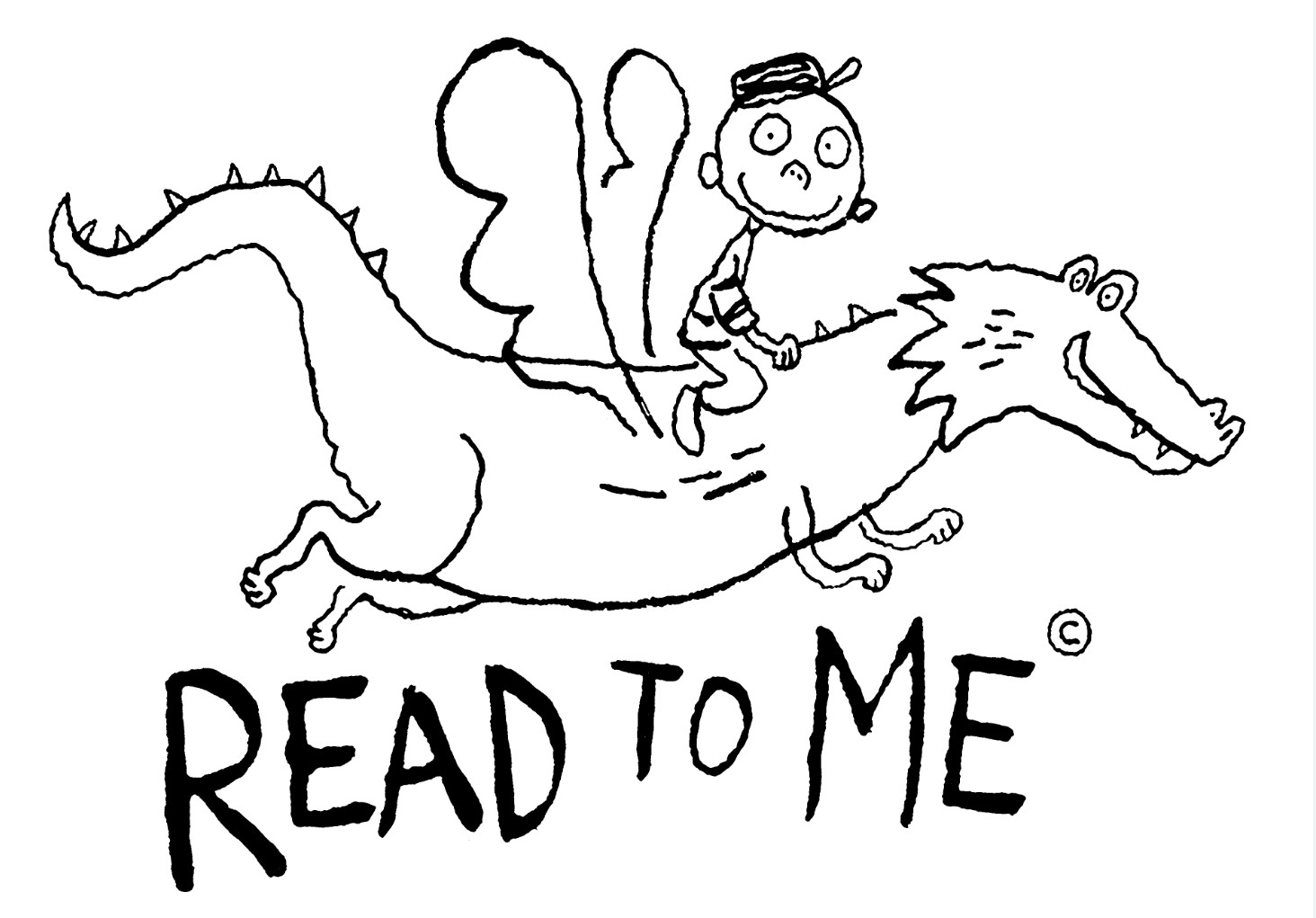
As a parent or guardian, you play an important role when your child is learning to read. You can help foster increased motivation, mastery, and a love for reading. In these videos, you will find practical tips on how to support your child’s reading at home.
About Read to Me

When a student learns to read, it requires motivation. Motivation and reading skills are closely connected — both in the crucial beginning stages and in further development. Despite this, motivation is often seen as something 'extra' or as a simple reward and is often considered less important than reading itself. However, for students who find reading difficult, motivation is even more crucial than for those who pick up letters easily. The Read to Me research project is developing a tool that motivates students while the teacher assesses their reading aloud.
Resources to use in the Classroom
In Read to Me, researchers and teachers are testing a method to notice what students struggle with, but without the student feeling evaluated. In this method, the teacher receives two tools: one tool for precisely identifying what the student is struggling with, and another tool for selecting the feedback to give the student, so that they feel encouraged to learn and read more.
The two tools come in the form of a checklist and a tips list. These lists are especially relevant for those working with children in grades 1 to 4. The materials are being tested in the fall of 2024, so only a short version is currently available. After the materials have been tested, they, along with engaging reading books, will be available in the form of a book box.
Below, you will find "Checklist for Assessment" and "Tips for Feedback," in addition to finding the digital book "Evertything you read mixes with what you already know" and an animated film for use in the classroom. All illustrations in the project are created by the award-winning illustrator Øyvind Torseter.
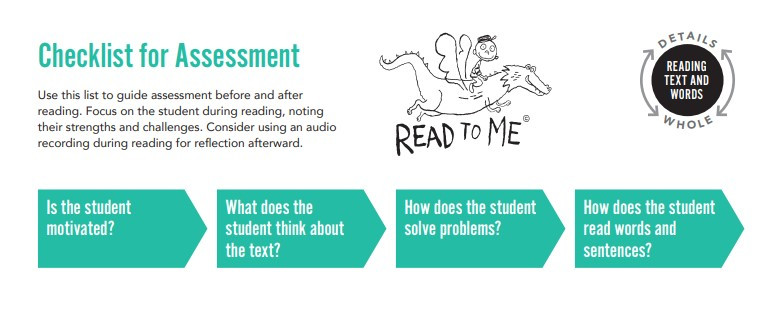
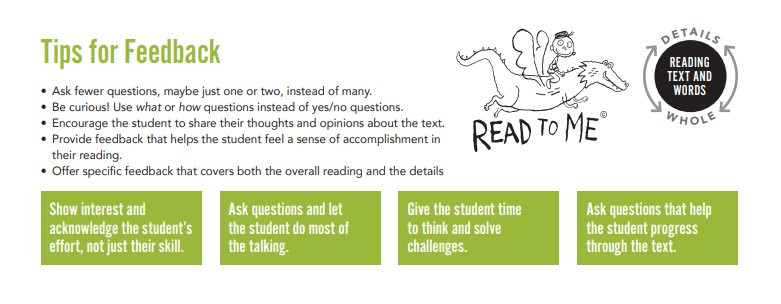
Download the cards as PDF-files:
Checklist for Assessment
Tips for Feedback
Digital book: Everything you read mixes with what you already know
This book can be used to demonstrate that we almost always perceive and interpret things we read differently.
Reading is interpreting! What does that mean? Specifically, it means that a student has understood a text differently than the teacher or another student — and that this is a good thing.
However, not all interpretations are equally likely, and that is something we can discuss. For example, we can ask: Which interpretations are well-grounded in the text?
Can the text be read in multiple ways? The idea is that when a student can have their own interpretation of a text and must justify it, the student becomes an empowered reader.
In this way, the student owns the text through their interpretation.

